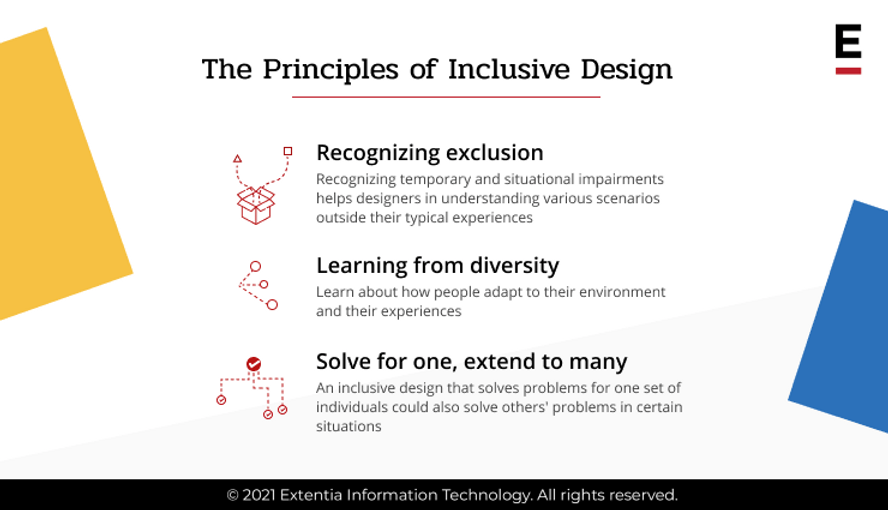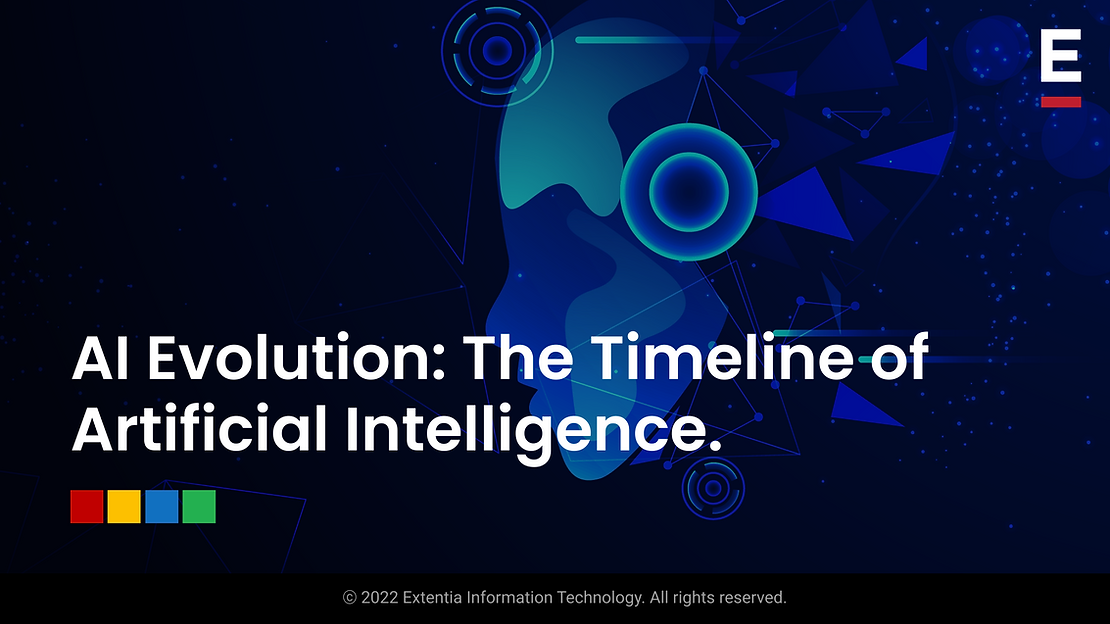If you have ever paid attention to the world of design, you must have come across the term ‘inclusive design’. According to Microsoft, inclusive design is defined as “a design methodology that enables and draws on the full range of human diversity”. Look around you, and you will find examples of inclusive design everywhere – from the chair you sit on, to the operating system (OS) that your phone runs on. These products work for you and about 7 billion more people who are different from you. The essence of inclusive design is to create products that a wide variety of people can use in different environments and scenarios. The process of inclusive design works by learning from people with different perspectives and an extensive range of needs. Designing for inclusivity is also about understanding how and why people are excluded. Understanding exclusion enables us to devise better design approaches in creating products for people with diverse needs.
The benefits of inclusive design for companies are manifold:
It increases the accessibility of products which can, in turn, contribute to the overall business growth
It reduces the chances of friction with people who might be excluded from being able to access products
It adds an emotional context to people’s actions and interactions, enabling one to design products for broader use and situations
Designer bias, however, is a significant challenge in inclusive design. As designers tend to draw inspiration from personal experiences and abilities, they design products for people with a specific age, gender, physical ability, tech-savviness, and language. As a result, a wide variety of people with distinct needs are excluded from the design process. To overcome the designer bias, Microsoft’s Inclusive Design Toolkit outlines three principles for inclusive design to help in designing for diversity:

“Inclusive design follows a process that ensures that a product or a service empowers every user and satisfy their desired needs fairly and equally. It’s an experience that becomes an inclusive part of a user’s day to day life. WhatsApp, BHIM, and Google Pay (and other payment apps in the market) are a few quintessential apps that exemplify inclusive design in my opinion. These products have evolved such that they promote equity, access, and opportunity – without any age or language barrier or the requirement of being tech-savvy!”
Yamini Gore
Design Lead, Extentia
The Principles of Inclusive Design

1. Recognizing exclusion
The main challenge for designers is to recognize how their design bias results in exclusion. As interaction abilities change with the environment and situations, people can face temporary situational impairments and activity limitations. These situational disabilities, limitations, and impairment provide designers with opportunities to create new ideas for an inclusive design that encompasses utility for a wider variety of people. For example, a short-term arm injury such as a fracture is a temporary exclusion that affects an individual’s ability to interact with the environment. Similarly, sometimes exclusion is situational such as visual impairment which is non-negotiable while driving a car, or hearing impairment is an obstruction in a loud concert. Recognizing such temporary and situational impairments helps designers in understanding various scenarios outside their typical experiences.
2. Learning from diversity
Learning from diversity emphasizes people and their experiences; empathy plays a crucial role in designing for diversity. Designing for diversity means to learn about how people adapt to their environment and learning about their experiences. Furthermore, understanding the emotional context of the adaptation – such as joy or frustration enables designers to better identify the challenges that people face, which can be due to cultural diversity and gender diversity. In such cases, it is not adequate to create designs that overcome those challenges. Empathizing with people’s emotional response to challenges helps in inculcating a genuinely inclusive design process. For example, people with diverse gender identities face problems while filling information forms in which gender must be specified as male or female. Thus, a large population segment feels frustrated and left out, as their gender identity is not recognized. Making gender diversity an inclusive part of the design process makes products more accessible and inclusive for everyone.
3. Solve for one, extend to many
An inclusive design that solves problems for one set of individuals could also solve others’ problems in certain situations. YouTube’s auto-captioning feature is an example of an inclusive design for the digital world designed for people with hearing disabilities. This feature extends to many more situations, such as watching videos in crowded areas or teaching children how to read. The beauty of inclusive design is its ability to encompass a broad range of similar skills, restrictions, and circumstances. Considering the overlapping needs of people with permanent disabilities and people with situational impairments is conducive to creating designs that can be scaled to more people in new ways.
With all the new buzzwords used in the industry, it is not uncommon to confuse inclusive design, universal design, and accessibility. Let’s take a look at the difference between the three.
Inclusive Design vs Accessibility vs Universal Design
Inclusive Design
Inclusive design is a process that takes into consideration diversity in language, gender, age, culture, ability, and more while designing for products and services. The goal of inclusive design is to design for diversity and inclusion through learning from people with a wide range of perspectives.
Accessibility
The primary difference between inclusive design and accessibility is that accessibility is a feature or an attribute, while inclusive design is a process. Designing for accessibility means to create products that can be used by those with special needs. It could be a subset of the inclusive design process, but it need not always be.
Universal Design
With universal design, the goal is to design products that can be used by the most significant number of people without needing specialized designs or adaptations.

To adopt an inclusive design process, companies can start by designing diversity training for employees. An inclusive design culture pushes organizations to develop solutions that impact people and make the world a better place for everyone.
Want the full infographic? Get it here!



